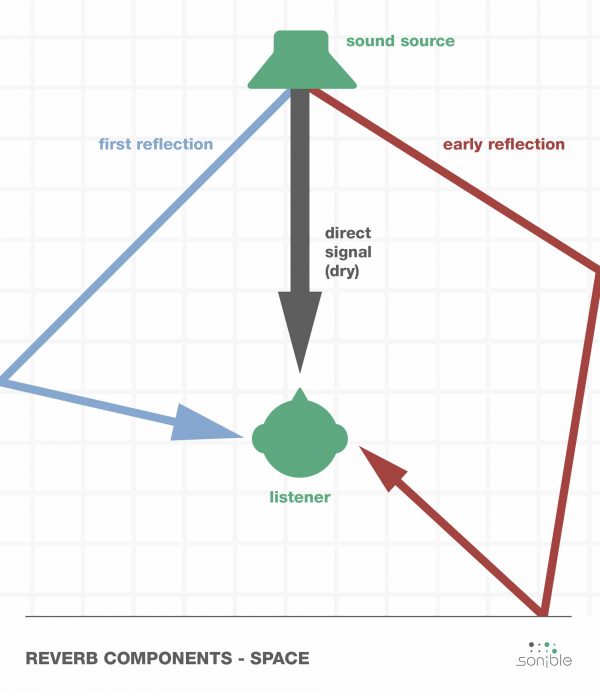Acoustic Treatment
In this article, we assume a typical living room environment — not a dedicated room or recording studio, a basic living room is usually very reverberant, so the primary focus should be on absorption, not diffusion.
We will avoid creating coupled volumes; closed doors are always preferable to prevent this effect.
Rear and Front Walls
The best place for absorption is the wall behind the speakers, as this accounts for about 80% of the required reduction in room reverberation time (RT).
We recommend using melamine foam (e.g., BASF Basotect G+) or rockwool (e.g., Rockfeu REI, which is bi-density — place the low-density side facing outward) over a large portion of the wall, prioritizing exposed surfaces near corners.
The treatment should be substantial, at least 8–10 cm thick, covering at least 50% of the wall, focusing exclusively on absorption.
To extend absorption into lower frequencies, apply the same materials to the wall behind the listening position.
Avoid placing your listening position directly against the wall — maintain at least 1 m distance.
Side Walls
Next, even if in a regular living room side wall reflections generally have less impact than those from front and rear walls, consider treating them using a combination of diffusive and absorptive elements placed side by side.
Do not use materials that combine both diffusion and absorption in one product, as these tend to produce a “V”-shaped absorption curve, which is undesirable.
Focus on managing early reflections on the side walls — these are reflections occurring very close to the speakers
that reach the listener’s ears within the first few milliseconds after the direct sound.
Because they fall within the Integration Time (IT) window (typically 20–30 ms), the auditory system combines them with the direct sound, perceiving them as a single event rather than separate echoes.
This effect depends on factors such as frequency, distance, sound complexity, listening environment, and listener age, and strongly influences imaging and stereo perception.
For more details, see also Listener Envelopment and Early Reflections.
The goal of sidewall treatment is to control the Initial Time Delay Gap (ITDG) — the time it takes for early reflections to reach the listener’s ears.
Early reflections are the first reflections from nearby surfaces that reach the listener after only one or two bounces from the speaker.
They arrive very closely in time to the direct sound and can cause phantom image shifts or soundstage asymmetry, especially in asymmetrical rooms or when speakers are placed close to the side walls.

These reflections on the side walls should not be specular (mirror-like), but diffuse — this is why, in living rooms (as opposed to recording studios), we alternate between absorption and diffusion on the side walls.
In a studio environment, where only the direct sound field is desired, absorption is generally used everywhere.
We do want some early reflections to support the soundstage, but they must be controlled: not too intense, and not too close in time to the direct sound.
If they arrive too early, or if the speakers are placed too close to the side walls, tonal degradation and comb-filtering effects will occur in the mid and high frequencies.
As explained earlier, toeing-in the speakers and using horns that match your listening distance will help reduce the level of these early reflections.
The auditory system integrates early sound within a specific time window, known as the Time Period of Integration (TPI).
You can find more information about TPI here.